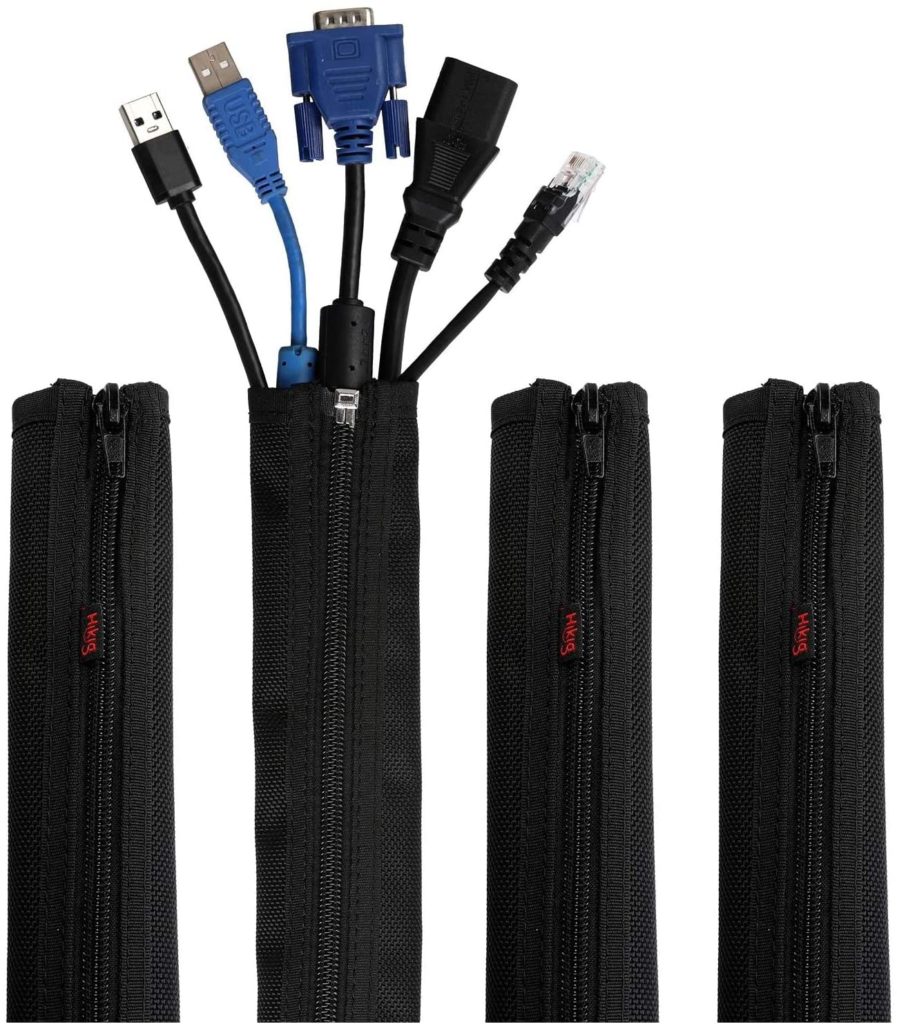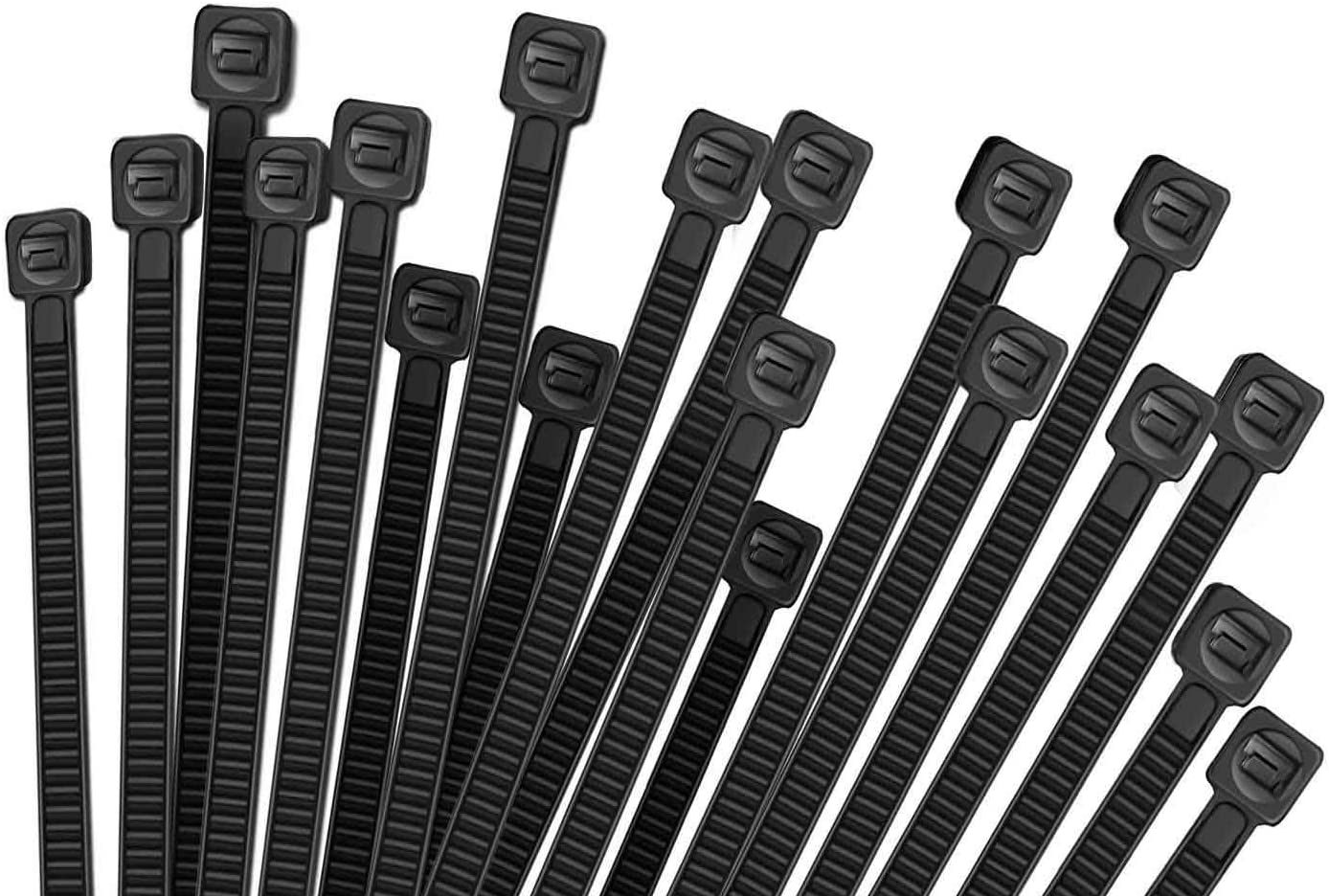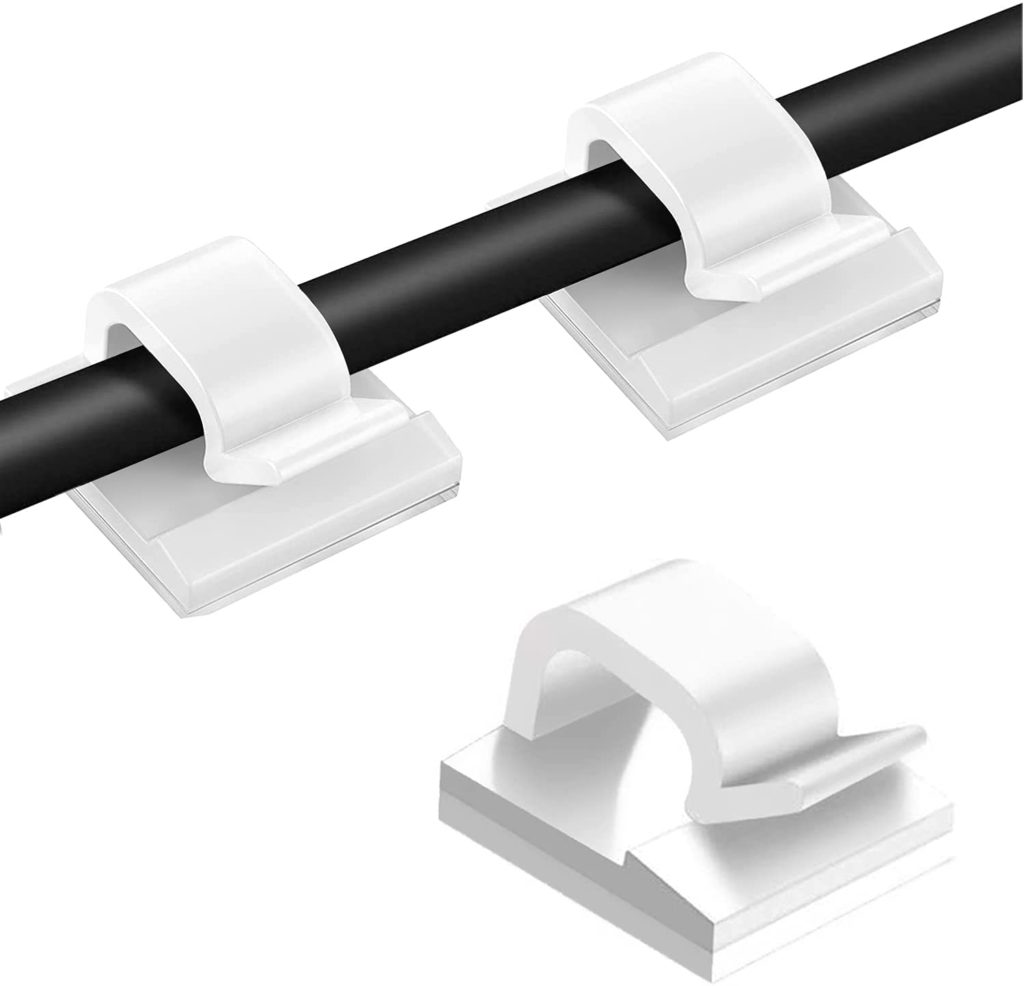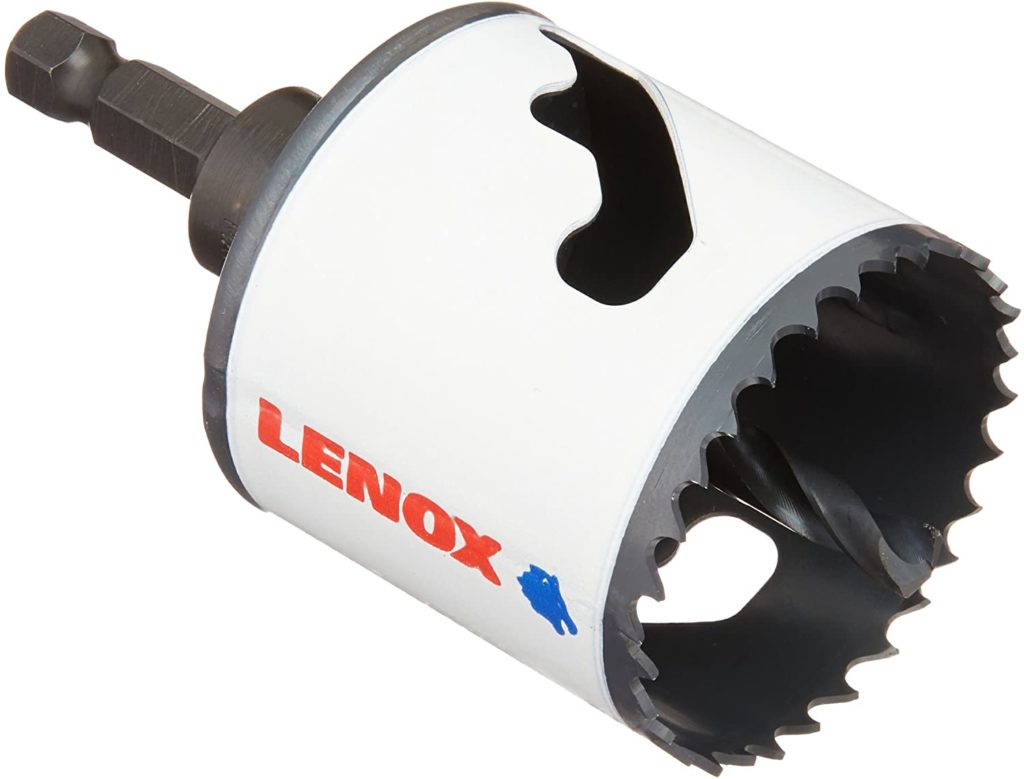When it comes to cable management, most people focus far too much on the cables inside the PC and not enough about the cables strewn about the outside. While having organized internal cable management can keep a PC looking sharp, nothing makes a PC look quite as sloppy as disorganized external cables.
Monitors, PSUs, keyboards, mice, headphones, speakers, and power strips all compound to create a ton of clutter after building a PC. Once those wires make a nuisance of themselves, it can look fairly intimidating to have to run through and get on top of the issue. Luckily, professional-looking cable management is both easy and cheap to obtain. And, if you do some planning, the process can take as little as 10 to 15 minutes.
The following are several methods to keep your desk and cable management under control. Methods will begin with the simplest and most popular strategies and end with the most tedious and time-consuming options.

One of the simplest hassle-free options available to those who want to organize their computer cables is a cable management sleeve. This particular offer by Hikig comes with four 19.5-inch sleeves that are 4 inches wide.
For most PC users and gamers, two sleeves will be enough to organize their computer cables, so having four is just a sweetened deal on a product that’s already relatively cheap and easy to use. Best application practices are to unplug, untangle, and straighten out the cables you’ll be using before wrapping them in the sleeve. Once that’s done, it’s as easy as plugging the computer cables back in.
The sleeve holds the cables together closely, which creates a unified, clean look with very little effort. Additionally, hiding sleeved cables under a desk or behind an object is far easier than trying to keep loose cables from moving after hours of PC use.
Zip ties

They work for internal cable management, and they work for external cable management. Zip ties are a classic tool for organizing computer wires for the simple reason that they are as quick and easy to use as they are cheap.
Simply take a collection of wires, wrap them in the zip ties at even increments, and your PC is instantly cleaner looking. The advantage the simple zip tie has over a sleeve is that it can help organize cables in much more nimble ways than a sleeve. As long as you have a simple pair of scissors or some other snipping tool, they are just as easy to manage in case you need to reorganize later on.
The disadvantage of zip ties is that organizing a large number of cables with them can be far more inefficient than just wrapping those same wires up in a sleeve or taping them down.
Cable clips

If you’re willing to put in a little more effort, you can clip individual cables onto any flat surface with Cable Clips. Like the cable management sleeve, this product is fairly cheap and doesn’t require too much know-how to use properly.
Just stick the adhesive side of the clips onto whatever surface you want your cables to run across and clip the cables into them. PC users often like to place these clips on the bottom of their desks so that all cables are completely out of sight. Of course, these clips can only hold one cable at a time, so this product is ideal when there are fewer cables that need addressing as opposed to an entire PC’s worth. Cable clips are excellent for tidying up stray wires after most organizing has already been done.
Double-sided tape

Following the same logic as the cable clips, double-sided tape functions similarly to the cable clips for hoisting cables into hidden areas. The benefit of double-sided tape of clips is that you can manage multiple cables simultaneously, thanks to its variable width. You could even tape down cables that are already managed with a sleeve. Another use for this item, if you’re a power strip user, is to secure your power strip to the bottom of your desk so that all chords that use the power strip hide under the desk by default.
The downside of double-sided tape is that reorganizing the cables once you get upgrades or new hardware can be a bit troublesome. Taking down and reapplying tape to your cables can get annoying. Double-sided tape is flexible, but only for the PC user who knows their setup isn’t changing anytime soon.
Hole saw

If you don’t mind getting a little intimate with your desk space and also have access to a drill, a hole saw can be used to create, well, a hole. A small hole in a desk that’s conveniently placed near a monitor can be used to funnel cables straight from underneath the desk right to the monitor itself without anything needing to wrap around the outside of the desk. Additionally, keyboard and mouse cables can be funneled down through a hole to make their effects on desk space minimal.
Sometimes the simplest solutions can provide the biggest effects, and a hole is one such example for cable management. That said, getting ahold of a hole saw and its respective drill can be pricey. Additionally, you have to be willing to get crafty and do some forward planning to make sure you don’t misplace anything, like creating a hole that will be completely covered by your mouse pad, for example.
Cable management is a key part of creating a relaxing PC setup. Whether for work, media browsing, or gaming, having a well-organized space can improve any experience. While the limits for how creative you can get with your cable management are unbound, the most common solutions are cheap, effective, and easy to gain access to.
This article includes affiliate links, which may provide small compensation to Dot Esports.












Published: Sep 28, 2021 03:01 pm